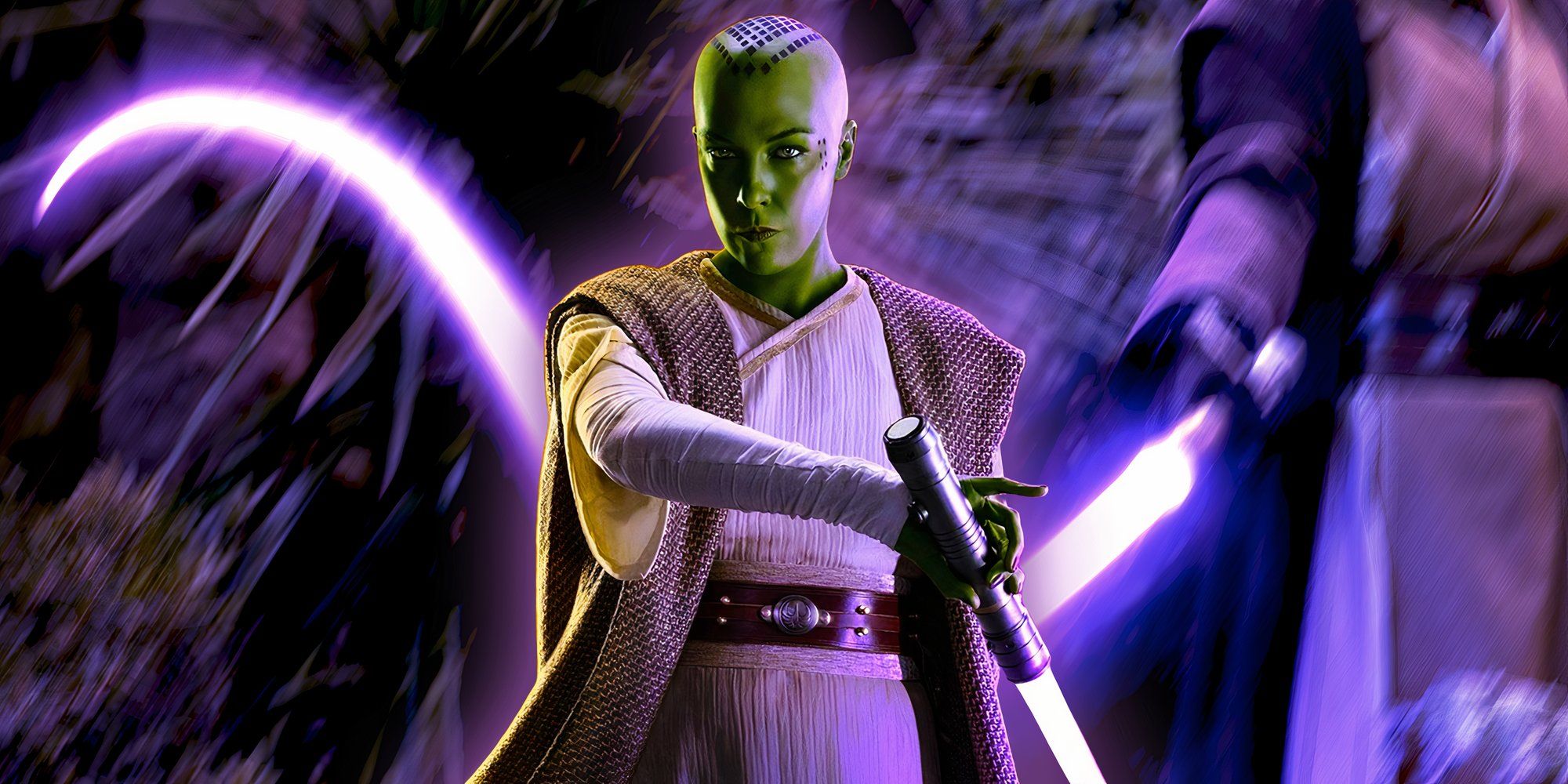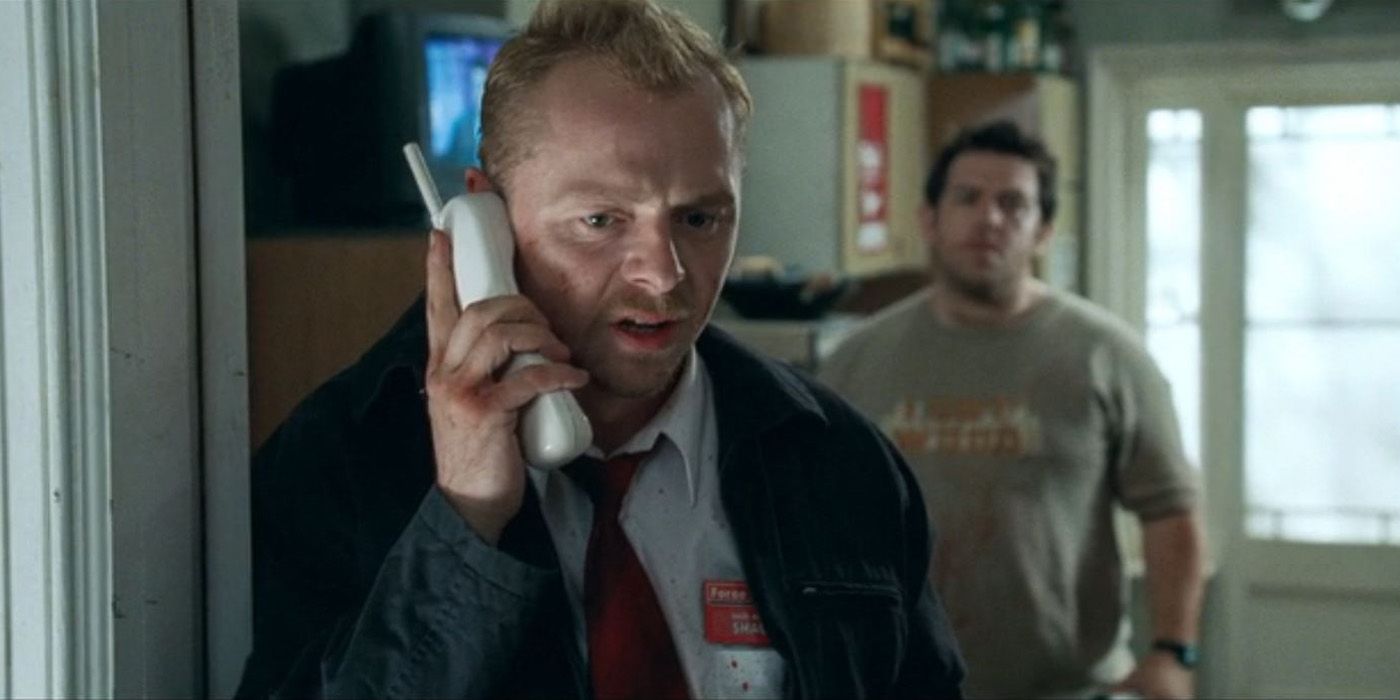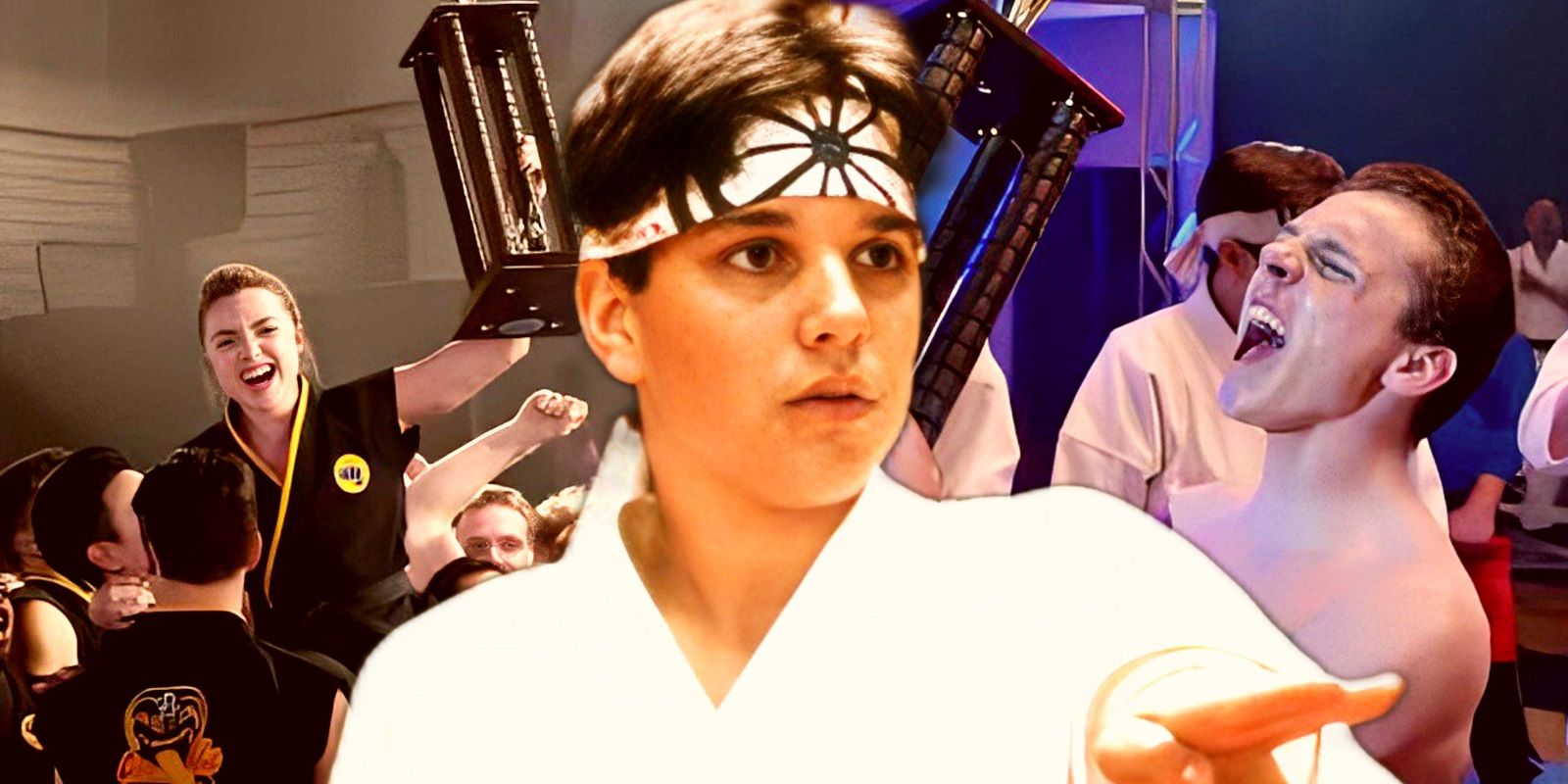Halloween Ends has faced criticism concerning the lack of Laurie Strode and Michael Myers in the movie, and the main problem with the sequel is that the filmmakers ultimately saw the franchise as a Haddonfield story rather than a Laurie and Michael story. Since the release of 2018’s Halloween, the reboot trilogy has consistently marketed itself as the end of the Laurie versus Michael saga, so the minimal screen time for both characters in Halloween Ends feels misplaced. Instead, most of Halloween Ends focuses on a new character, Corey Cunningham, and the fear of the boogeyman that plagues the town of Haddonfield.
Four years after the events of Halloween Kills, the town of Haddonfield has become a dark place, with its residents still bitter and fearful after the 2018 massacre. This resentment leads to Laurie now being blamed for Michael’s actions, and it also sees Corey Cunningham become Haddonfield’s new boogeyman after he was involved in a terrible accident. Halloween Ends then subverts the franchise’s usual formula, using most of its story to highlight the effect that evil such as Michael Myers has on communities and how this can breed more violence and turn people against one another. When explaining Halloween Ends‘ Haddonfield focus, actor Jamie-Lee Curtis stated that “these movies are about way more than just Michael Myers and Laurie Strode; they’re about who we are” (via Entertainment Weekly). However, while it proved to be an interesting concept, this wasn’t the story Halloween Kills set up, nor was it the one Halloween Ends should have told.
Halloween Ends Needed To Be A Laurie Vs. Michael Myers Story
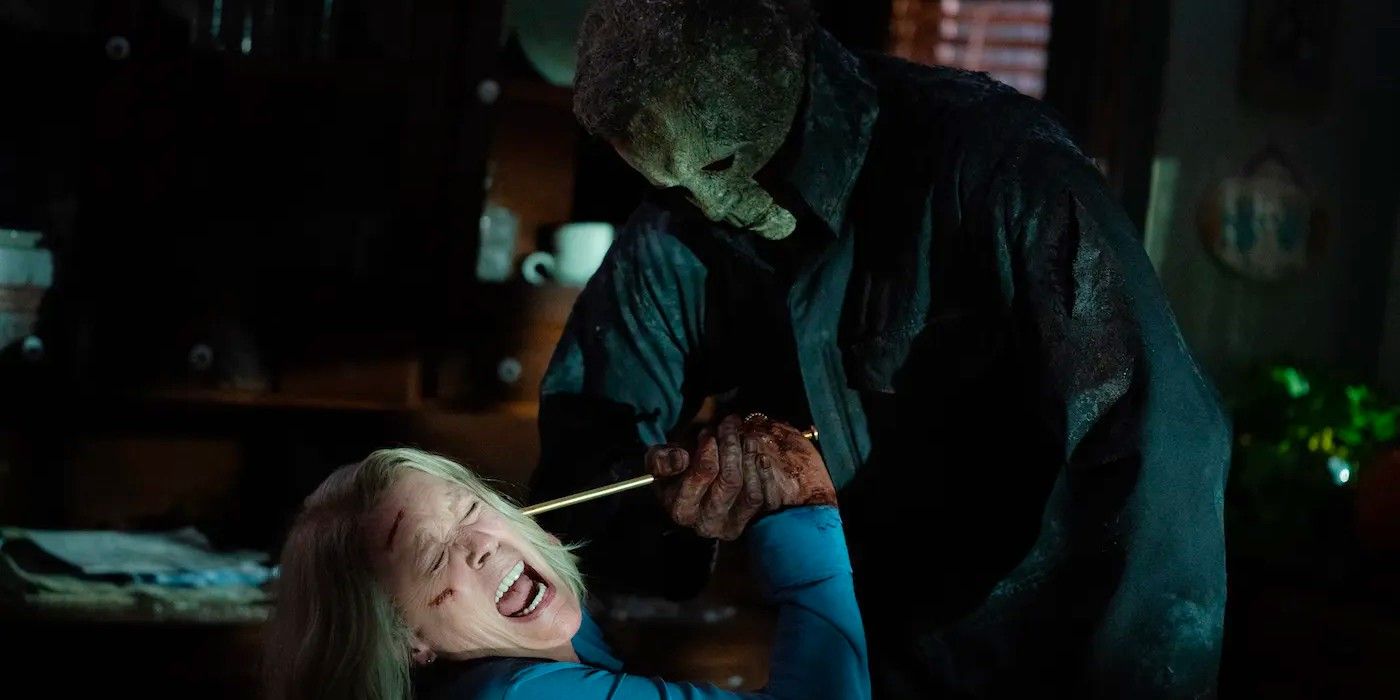
Audiences are introduced to a very different Laurie Strode in Halloween Ends, as she finally becomes at peace with her trauma, spending most of her time writing her memoir. Likewise, Michael Myers is also completely different in comparison to his appearance in Halloween Ends. Where he was once a brutal killing machine, he is now old and weak, barely able to hold his ground. The stark difference in the pair makes their impending final showdown all the more rushed and unsatisfying, and it also doesn’t fit in with the Corey Cunningham and Haddonfield story that Halloween Ends focuses on. If Halloween Ends were to stick to its original plan of taking place directly after Halloween Kills, Laurie and Michael likely would have had a significantly more satisfying end that would have put all the cards on the table.
Why Halloween Ends’ Haddonfield Focus Doesn’t Fully Work
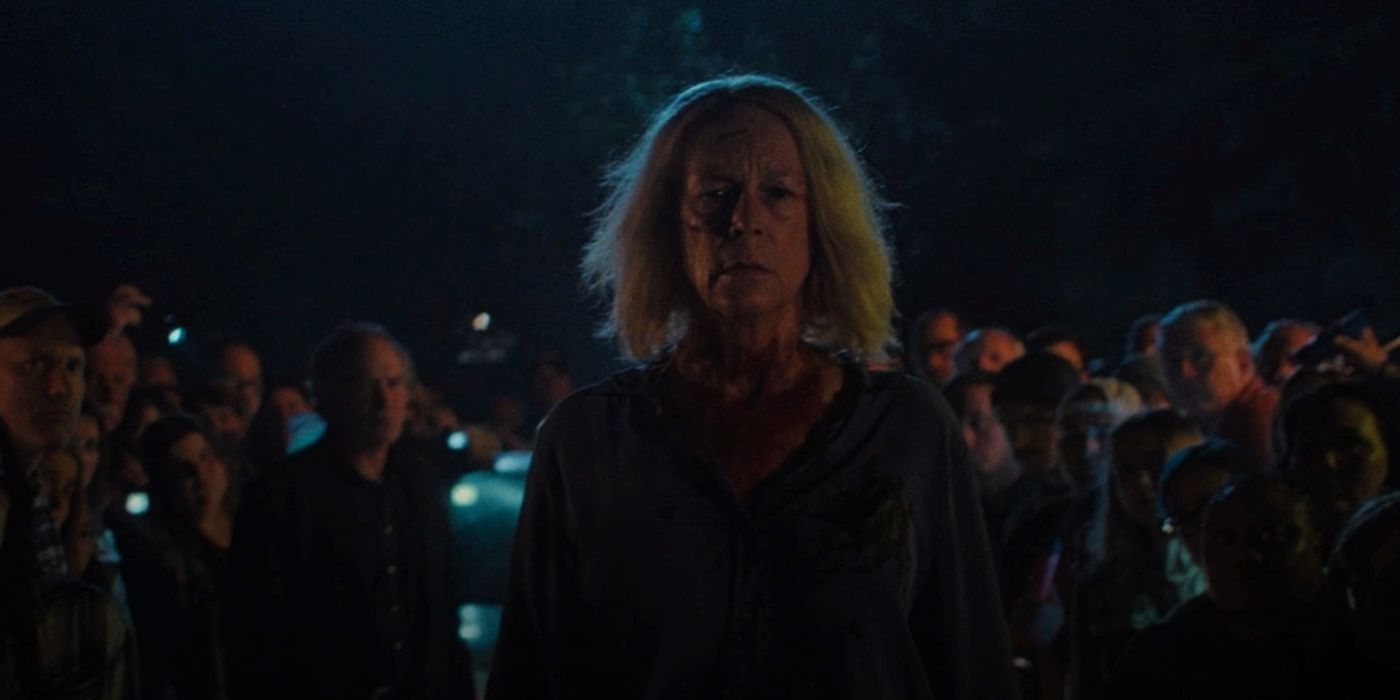
Halloween Ends‘ Haddonfield focus is essentially a more compartmentalized version of the messy mob story from Halloween Kills, which was considered to be the biggest letdown of that movie. The plot was all over the place, and the deep message it was trying to convey didn’t merge well with the carnage being caused by Michael Myers. Halloween Ends uses Corey Cunningham to illustrate the same message, yet it still doesn’t work. Instead, Corey Cunningham’s sudden appearance in a seemingly established build-up towards Laurie versus Michael felt like the worst timing imaginable, completely steering the story away from what Halloween Ends marketed itself as being.
While the idea that the collective fear of evil in communities ultimately creates more evil is worth exploring, it wasn’t the right direction for the Halloween reboot trilogy to go in. Corey Cunningham and Haddonfield’s story would have worked better had it been saved for a different movie or even if they had used a different, previously established character instead. Regardless, Halloween Ends should have been the perfect finale for Laurie Strode and Michael Myers, as sidelining the franchise’s two main characters was a huge waste of potential for an already risky reboot.
